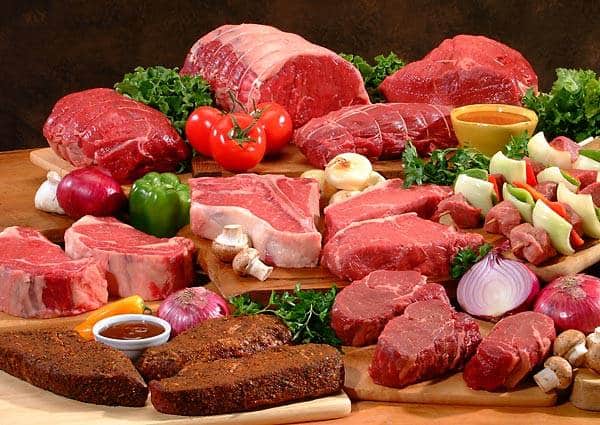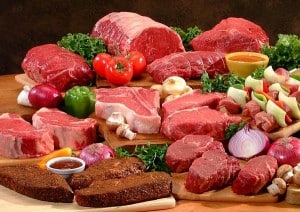For example , beans tend to be low in methionine , gelatin contains no tryptophan and grain products such as bread and rice are low in lysine. As the body needs these three amino acids to repair and develop its own proteins , protein value of beans , gelatin and bread ( eaten separately) is limited unless their missing amino acids are provided by other foods. In other words , most of these proteins are metabolized for energy instead of using muscle development – unless the deficient amino acid is issued by another food source.
Fortunately, there is a solution : changing a diet containing large amounts of the limiting amino acid , which significantly increase the quality of the protein. Thus , proteins or rice bread become complete if there is addition of a source of lysine ( such as beans ) to the diet; proteins beans become full when they are associated a source of methionine ( as rice) , and finally the protein gelatin become complete if one adds a source of tryptophan , such as milk. In fact, by splitting its good, we can meet protein needs only from plant sources (as do vegans and strict vegetarians boduybuilders ) provided to combine foods so that no amino acid is limiting . Some believe that plant -based proteins are inferior to animal protein , but this is true only insofar as the former are deficient in one or more essential amino acids. In other words , plant proteins are identical to animal protein and tryptophan is tryptophan, whatever its origin. All amino acids come from plants and / or bacteria : indeed, livestock are their essential amino acids in cereals and grass they eat (and microorganisms in some cases) . These proteins are then passed us by pork , beef as well as dairy products , for example. As you say the experts, the protein quality of a meal is measured amino acids it contains: therefore soy proteins are as complete as most animal protein source ( because soy contains abundant all acids essential amino ) and beans and rice are a source of complete protein when eaten together. Results insiders take mostly find all the amino acids in their meals and they are less concerned about the type of food that provides them. Unless you are a strict vegetarian or vegan bodybuilder , your diet will easily provide you with all the essential amino acids in adequate quality to the extent that you regularly consume enough protein every day – preferably at least 1.8g per kg body weight , or 160g of protein a bodybuilder about 90kg .
As those who know do not fail to point out, the plants are not as rich in protein than animal foods , which means that to get the right quota of protein , vegetarians should consume larger quantities of products of plant origin . However , most vegetarians consume the optimal amount of protein in their diet , including more concentrated vegetable sources like beans (and lentils and bean sprouts ) , oilseeds, nuts and peas , or adding to their daily drinks and / or protein bars soy . Other food sources such as meat , poultry and fish are also good to choose the lean condition . Unfortunately , 55 % to 60 % of calories from red meat from fat , saturated for most , which is why , as a source of protein , meat is not the favor of the majority of insiders. Recent studies suggest that saturated fats are more likely to be stored as adipose tissue than , say, the omega3 fatty acids provided by fish oil . In this case , choose lean cuts of meat such as beef tenderloin or pork. Remove any visible fat and remove the juice after cooking. If this sounds like masochism , remember that 40% of calories from red meat may come from fat. Bodybuilders prefer the chicken or turkey as well as fish because of the relative lack of fat from these foods. Thus, only about 18 % of calories from chicken breast and only 7% for white turkey in the skin are provided by fat.

